Advertisement
MIGS + cataract surgery restores vision, reduces IOP
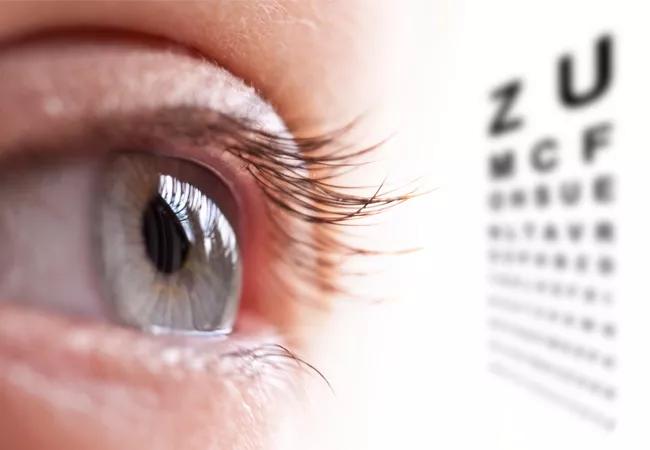
“MIGS procedures, and the iStent® in particular, are nice adjuncts to cataract surgery for patient with pre-existing mild-to moderate stage glaucoma,” says Cole Eye Institute glaucoma specialist Jonathan Eisengart, MD.
Advertisement
Cleveland Clinic is a non-profit academic medical center. Advertising on our site helps support our mission. We do not endorse non-Cleveland Clinic products or services. Policy
“With little additional surgical time and little additional surgical risk, MIGS may improve control of glaucoma, reduce reliance on topical glaucoma medication and improve adherence to an eyedrops regimen. I tell my patients that the iStent can replace one of the eyedrops they have to take two to three times per day.”
The iStent is the first MIGS stent or shunt to be approved by the FDA. The titanium tube — just 1 mm long and 0.3 mm wide — has a small “snorkel” to drain aqueous humor. Placed directly into Schlemm’s canal, a natural drainage pathway, it allows fluid to bypass the trabecular meshwork (responsible for much of the eye’s outflow resistance).
“The iStent is placed through the same incision used for removing the cataract, so no extra incisions are made; the device cannot be seen or felt,” says Dr. Eisengart.
Recovery is similar to recovery from cataract surgery alone.
“A great deal of research is focused on developing safer, faster glaucoma surgery devices that speed visual recovery,” says Dr. Eisengart.
MIGS procedures are significantly less invasive than implanting an Ahmed™ or Baerveldt® glaucoma tube for drainage. Compared with trabeculectomy, they have a much lower risk of complications and a much faster recovery, require fewer postoperative visits, and produce no scarring.
The two other MIGS procedures now available — the Trabectome® and endoscopic cyclophotocoagulation (ECP) — are as effective as the iStent. However, the Trabectome procedure requires costly equipment, and ECP is inflammatory and irreversible and requires an extended visual recovery.
Several new MIGS glaucoma shunts — now undergoing FDA trials — direct fluid out of the eye utilizing Schlemm’s canal or another nonphysiologic outflow pathway, such as the suprachoroidal space or sub-Tenon’s space.
“For patients with advanced glaucoma or who have already lost vision or contrast, MIGS procedures are generally not as effective as more traditional glaucoma surgeries,” notes Dr. Eisengart. “When very low intraocular pressures are required, or when patients have narrow angle glaucoma or complex disease, a more traditional surgery is indicated.”
In these cases, cataract surgery can be combined with a trabeculectomy or an Ahmed or Baerveldt tube for drainage.
Glaucoma patients who are considering cataract surgery benefit from talking to a glaucoma specialist. “Many patients don’t need anything at all or may benefit from cataract surgery alone. There is evidence that removing cataracts will lower eye pressure,” explains Dr. Eisengart. n
To refer a patient to Cole Eye Institute for glaucoma and/or cataract surgery, please call 855.REFER.123.
Advertisement
Advertisement

Skin conditions could indicate risk of complication after surgery for retinal detachment

New study counters earlier findings linking drugs with eye disease

Review shows that the disease isn’t only in young women with obesity

Only 33% of patients have long-term improvement after treatment
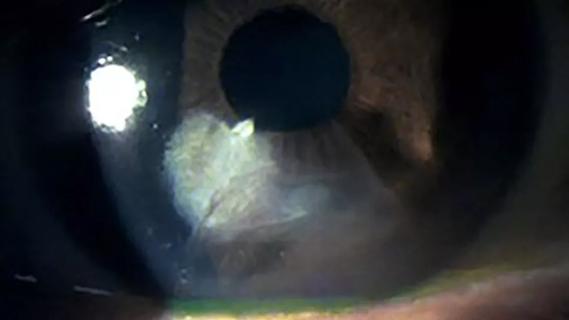
Studies continue to indicate effectiveness and safety
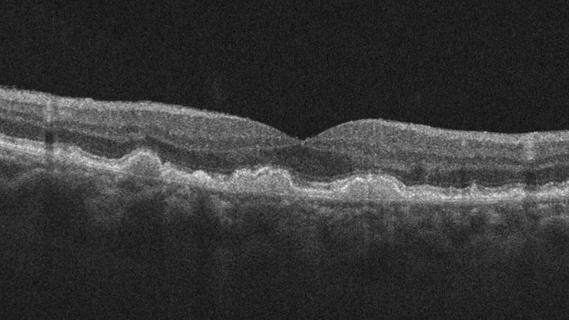
Early data show risk is 73% higher in patients with lupus, 40% higher in patients with rheumatoid arthritis
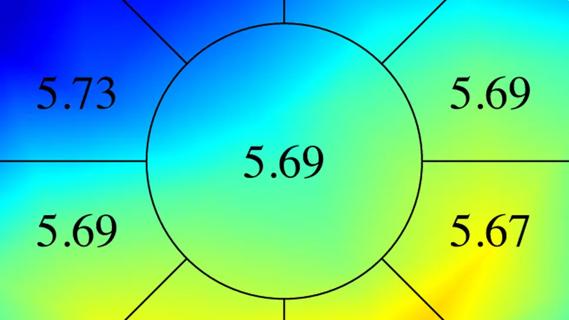
Identifies weak spots in the cornea before shape change occurs
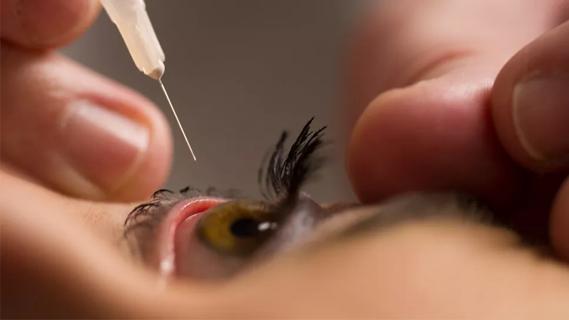
Study highlights the value of quantitative ultra-widefield angiography